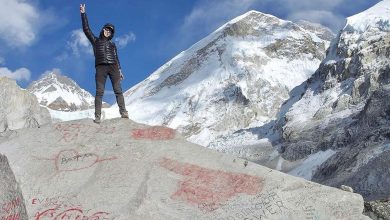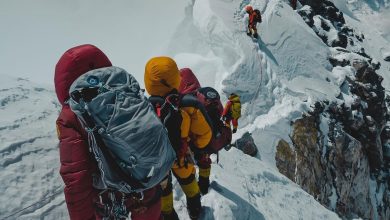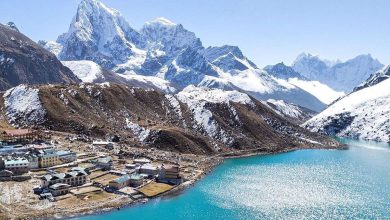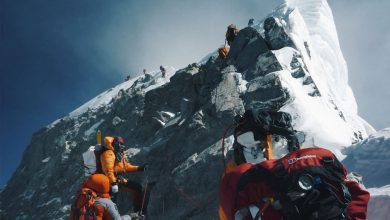First-Ever Avalanche Death On Everest
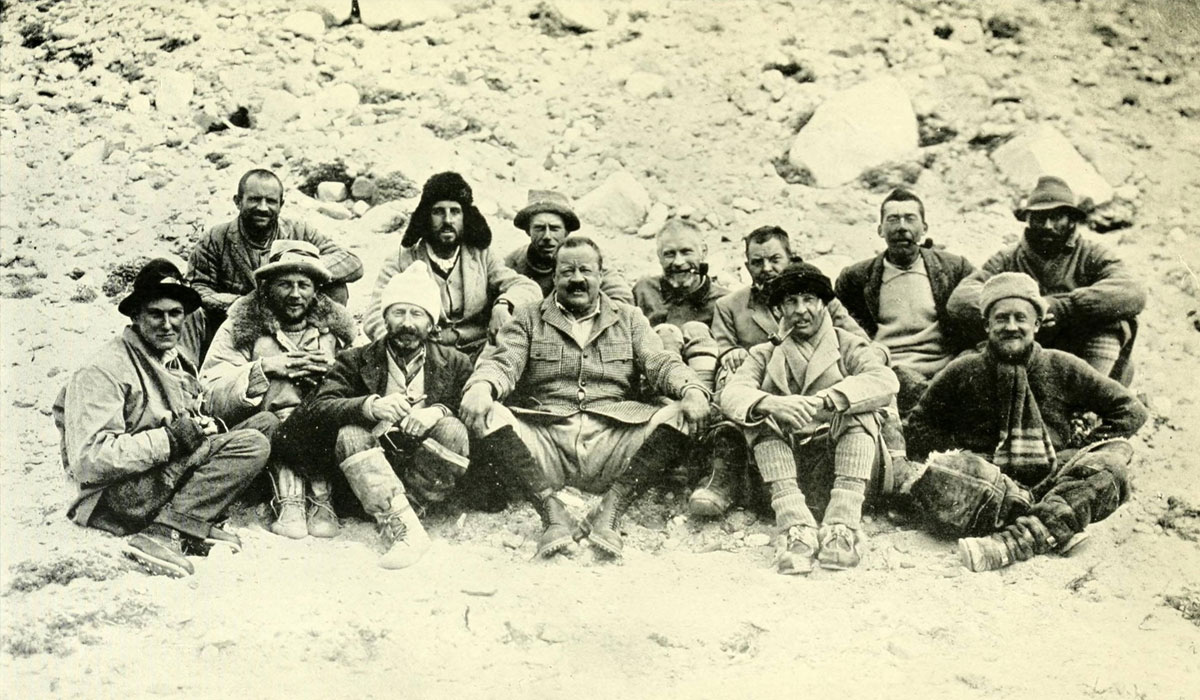
Mount Everest is a famous peak that always ignites curiosity and adventure amongst the ones passionate about mountains and adventure. It is in fact a top bucket list for many and no surprise about it. It is the tallest mountain peak in the entire world. It allures a sense of thrill and adventure for climbers. Mount Everest is referred to as the “roof of the world”. Its extraordinary height is 8848 meters which translates to 29,032 feets.
Mount Everest has been famous for decades and each decade has provided many brave adventurers to the world. Many successfully tackled the challenges of Everest thrown right onto their faces but many unfortunately could not. It is a pity that many brave hearted adventurers also lost their life while taking up the challenge.
One must understand that climbing Mount Everest is definitely not an easy task. Climbers will be tested on their patience, resilience, determination, bravery, optimism and many more aspects because Everest is not forgivable at all. It will challenge the climbers in every step they take on the steppes of it.
Over time, many climbers unfortunately lost their lives by being defeated by Everest. In this article we will talk about one such tragic accident, the first ever avalanche death on Everest.
Mountaineering on Everest
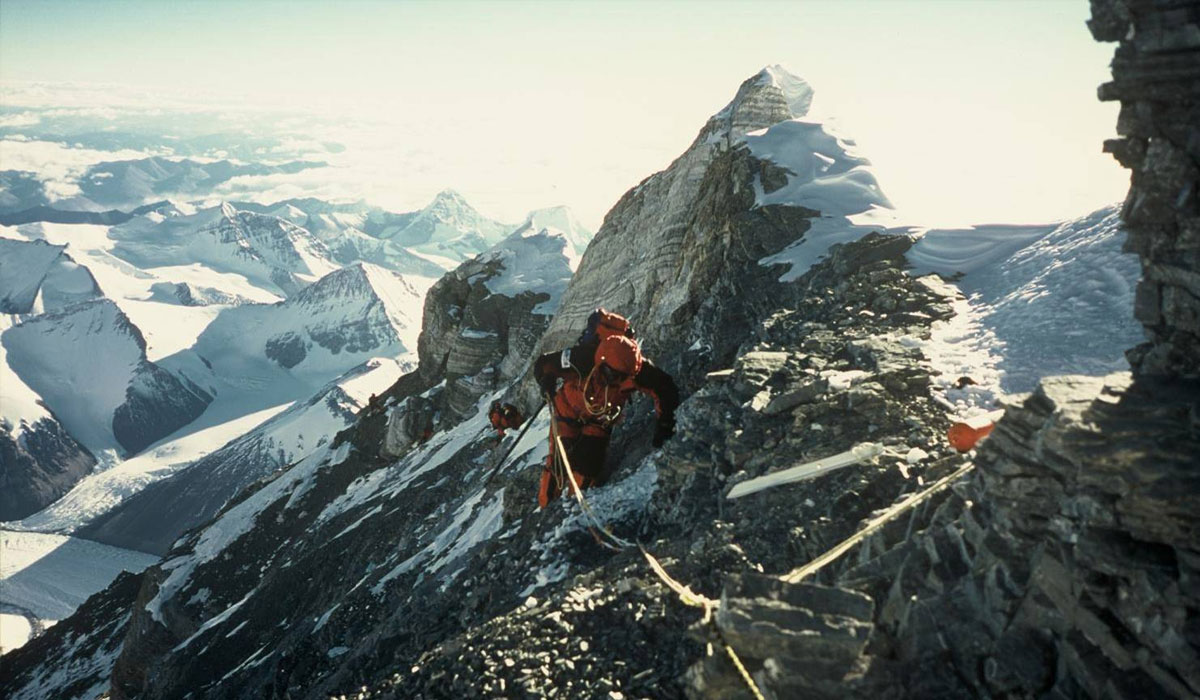
Mount Everest is located in the famous Himalayas. It falls on the border of Nepal and Tibet. Mount Everest has been attracting climbers for decades and even more after Tenzing Norgay Sherpa and Sir. Edmund Hillary successfully created a milestone and climbed to its top in the year 1953. These climbers ignited sparks among climbers across the world. Climbers and adventure junkies from all over the world started taking inspiration from Norgay and Hillary to challenge Mount Everest.
After their ascent, the number of climbers started to increase rapidly. Many climbers from different regions of the earth, different age groups, experiences and levels started to climb Mount Everest.
Understanding Avalanches
Avalanches are one of the toughest of many challenges that climbers face on Mount Everest climb. It is one of the harshest natural disasters that happen on Earth. It is very common in the Everest region, avalanches are frequent. Throughout history, avalanches have affected climbers time and again. Sometimes the aftermath of avalanches wouldn’t be too harsh but sometimes it would be severe and even resulting in tragic death of climbers unfortunately.
Avalanches are one of the most dangerous natural disasters that can happen without warning and cause massive damage. They can happen in various settings, including areas with mountains and forests, and can be a major threat to both humans and the environment. For those who love to climb mountains, avalanches can be tragic.
Cause of Avalanches
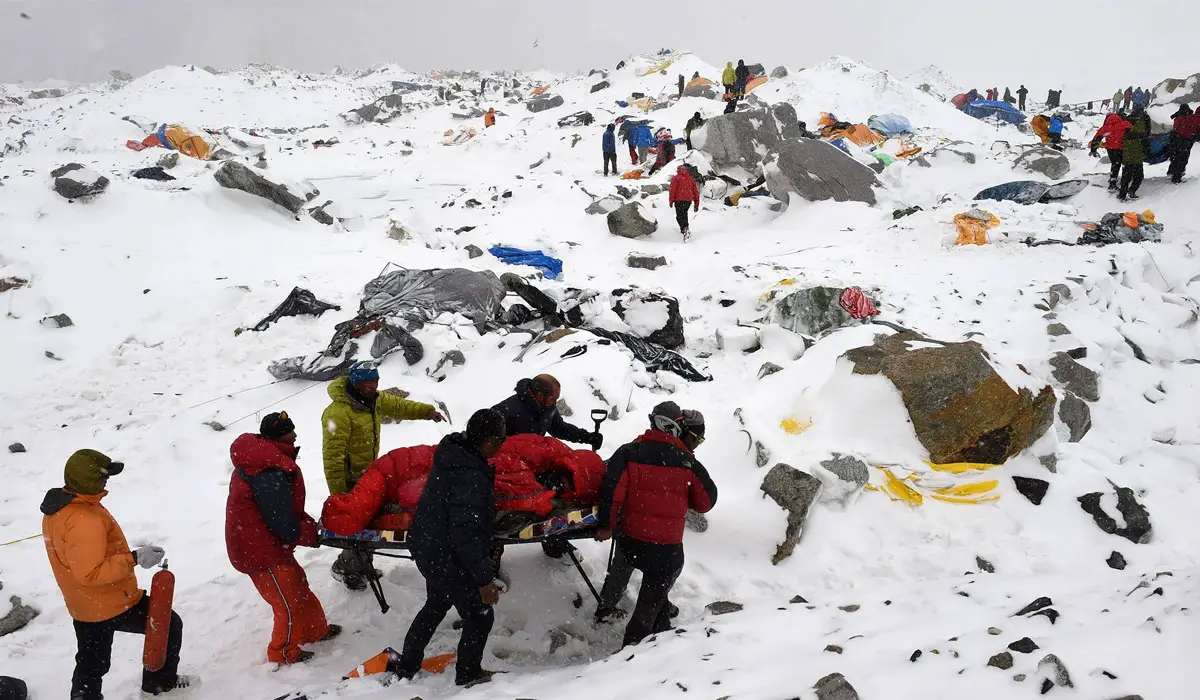
Accumulation of Snow
In order for a mighty avalanche to take place, it’s essential that there’s a massive buildup of snow. The type of snow, how tightly packed it is, and how wet it is all play a critical role in determining whether an avalanche will occur. When there is an abundant quantity of new, fluffy snow, it can become unsteady and trigger an avalanche.
Steepness of Slopes
The way a slope is slanted affects the risk of an avalanche happening. The steeper the slope, the greater the chance of an avalanche occurring. Slopes between 30 and 45 degrees are especially risky.
Layers of Snow
When you’re in an area with snow, it’s important to be aware of the potential dangers of unstable snow layers. The snowpack is made up of layers that build up over time. Each layer is formed from snowfall and changes in the weather conditions. Weak and unstable layers in the snowpack can serve as the sliding surface for avalanches. These weak layers can form due to temperature fluctuations, rainfall, or other factors.
It’s important to understand that avalanches can be triggered by even a small disturbance, such as the weight of a person or the sound of a loud noise. That’s why it’s essential to take precautions when you’re in an area with snow. Always carry the proper safety equipment, such as an avalanche beacon, shovel, and probe. Consider hiring a guide or taking an avalanche safety course
Stability of Snow
Snow stability is an important factor to consider when you’re out in the snow. It refers to how secure the snow is and how likely it is to stay in one place. If the snow is not stable, it can slide down a slope, which can be dangerous. This can happen due to changes in temperature, rain, or wind. When the temperature changes, the snow can melt and then freeze again, creating a weak layer that can break apart. Rain can also weaken the snow by making it heavy, and wind can blow the snow into unstable formations. It’s always important to check the stability of the snow before going out to ensure your safety.
Frequency of Snow Avalanches
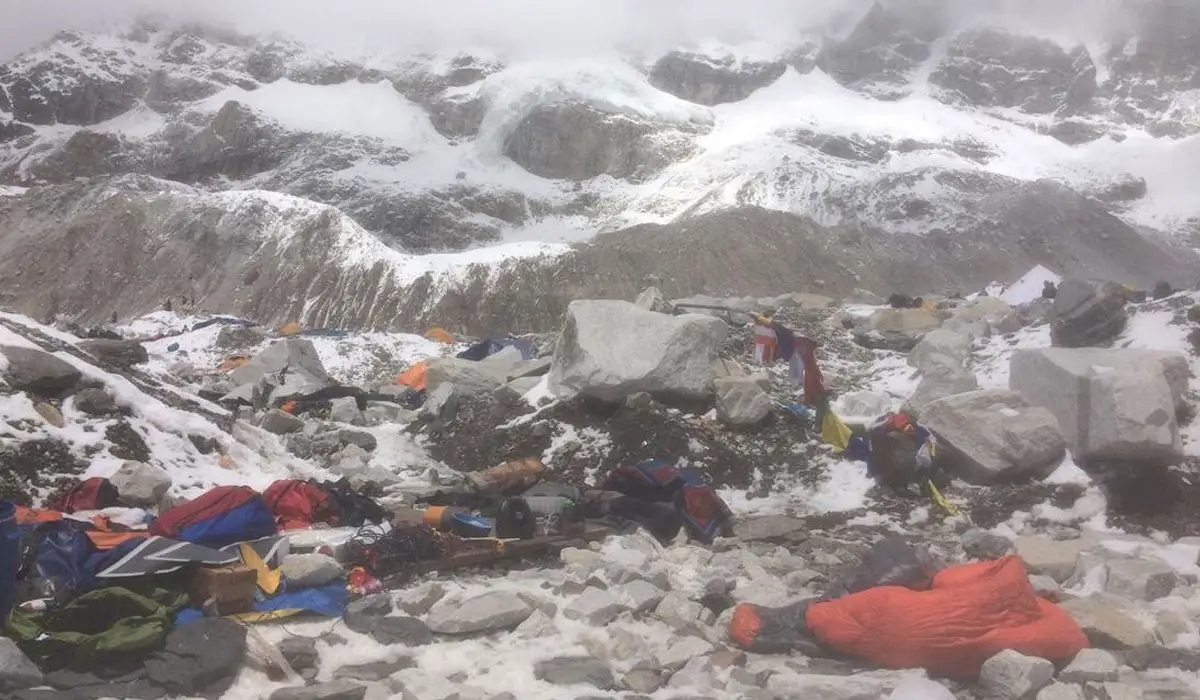
One cannot accurately predict when an avalanche is going to hit but one can certainly know about the causes and frequency of avalanches to take into consideration and prepare yourself for it. Here are some factors that may determine the frequency of avalanches:
Snowfall
Snow is pretty and fluffy, but it can be dangerous too. When there is a lot of snow for a really long time, avalanches are more likely to happen. That is not good at all because avalanches can hurt climbers who are nearby. It’s especially dangerous when there’s new snow and it gets warmer or rains. So it is super important to be careful and take steps to stay safe. You should always remember to always be aware of the risks and make sure everyone stays safe from the deadly avalanches.
Altitude
Avalanches are more likely to occur in areas with high altitudes, such as the mountain regions. The reason for this is that these areas experience heavy snowfall and low temperatures, which create suitable conditions for the formation of avalanches. When there is a lot of snow, it accumulates on the slopes of the mountains and becomes unstable due to its weight. The slightest disturbance, such as a snowmobile, skier, or loud noise, can trigger the snow to slide down the mountain, causing an avalanche.
Climate
Avalanches occur when snow or ice on a slope start to move and gain their momentum, which later results in a large mass of snow that moves down the slopes of the mountains. These events can be triggered by various factors, including weather conditions, human activity, or natural occurrences such as earthquakes.
Terrain
If you are actually planning on exploring mountainous areas during the winter season particularly, it is very important to keep in mind that steep slopes are particularly more likely to be affected by avalanches. This is because snow can accumulate on the slope and become unstable, which can cause it to suddenly shift and create an avalanche. The force of gravity that is actually pulling on the snowpack creates tension on the slope, which can be dangerous for the climbers and mountaineers in the area.
Tragic South Col Avalanche of 1970
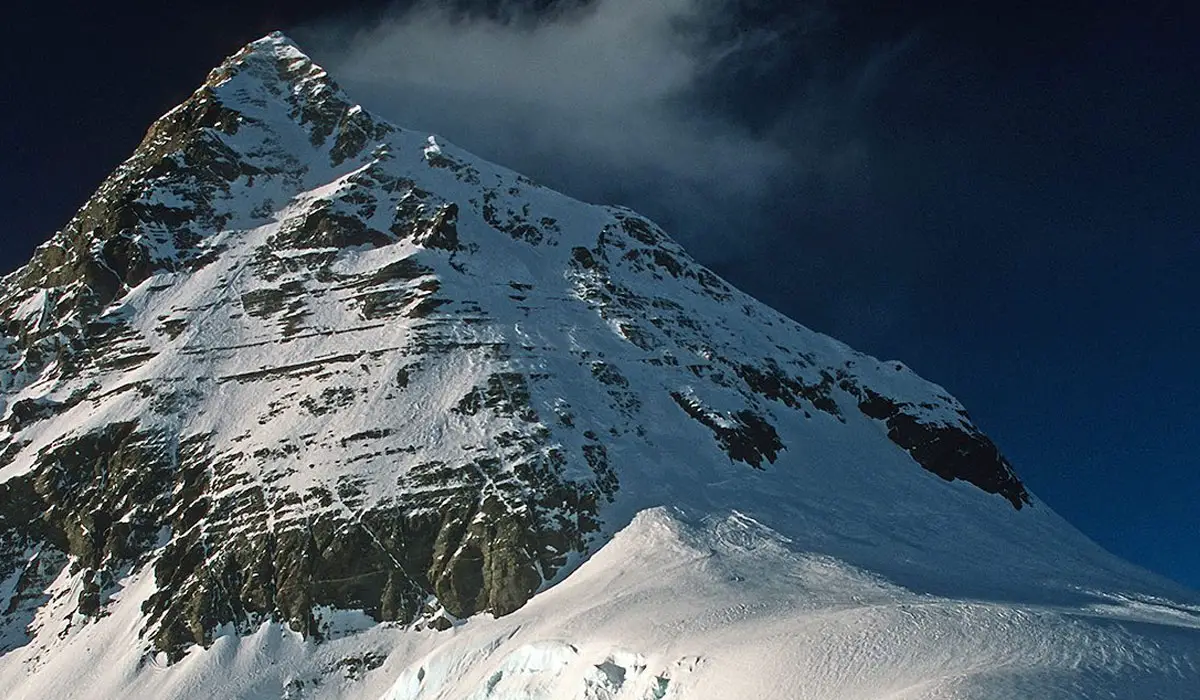
We have already discussed how dangerous avalanches are. In the year 1970, a similar deadly avalanche hit on the region of Everest, causing deaths and tragedies. It was December 21, 1970 that a massive avalanche hit the slopes of Mount Everest and caused a lot of damage and six deaths. Six brave and adventurous mountaineers lost their lives to the deadly avalanche. It is the first ever avalanche death on Everest that is officially recorded and documented.
The Climbers
In the year 1970, a group of climbers decided to challenge Mount Everest. A group of friends who shared a common interest in mountaineering were all eager to challenge themselves by climbing the tallest mountain in the world – Mount Everest. They were well aware of the dangers involved in such an undertaking, and thus they took great care to prepare themselves thoroughly.
Despite the difficulties they faced, including the rugged, unpredictable terrain and harsh weather conditions, they remained resolute and determined to see their mission through to the end but unfortunately they could not make it. The list of these unfortunate climbers includes : Teruaki Sasa, Shinya Tsukamoto, Yukihoro Yanagisawa, Shinya Hideo Nakamura, Katsuyuki Kondo and Ryohei Uchida.
You may also like:
- Deadliest Events at Everest: 5 Major Everest Tragedies To Remember
- Youngest People To Die On Mount Everest
- US Climber’s Unfortunate Demise In Shishapangma Avalanche
- The First Ever Deaths In Everest in 2023
The Deadly Incident
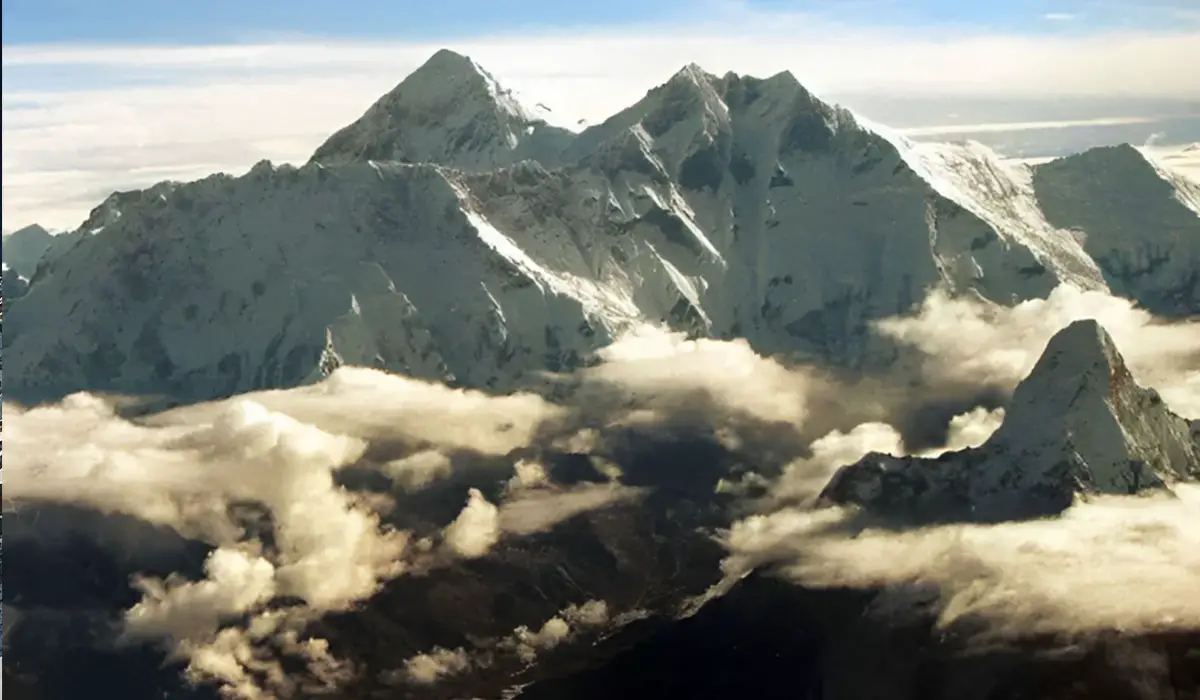
On the morning of the tragic day, the climbers began their climb like usual on other days of the climb. They had to make their way through the South Col route. The South Col route is said to be an extremely challenging and dangerous route.
All the climbers were reportedly well-prepared and properly acclimatized. But their fate did not support them that day. Despite how well prepared they were, the avalanche hit them.
As the climbers were climbing further in the mountain, there was a sudden change in the weather. There were layers of snow accumulated on the surface. Suddenly and unannounced, a huge avalanche hit them from above with a high speed and extremely dangerous force.
The avalanche captured the climbers within itself. They were helpless and the avalanche was so extreme that they could not escape at all. The avalanche was so extreme that it resulted in all the six climbers Teruaki Sasa, Shinya Tsukamoto, Yukihoro Yanagisawa, Shinya Hideo Nakamura, Katsuyuki Kondo and Ryohei Uchida, buried under the layers of thick snow and ice. They ended up losing their lives.
Seven Porters Death: First-Ever Avalanche Death On Everest
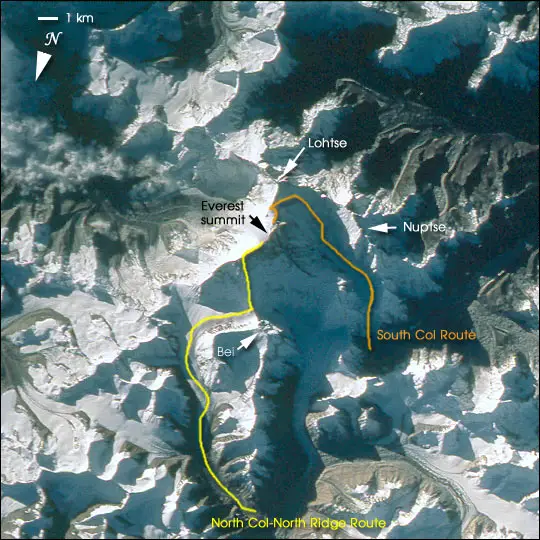
In 1922, the British Expedition team decided to tackle the hardships of Mount Everest. The expedition was one of the earliest ascents to Everest. The team was led by Brigadier General Charles Bruce.
The team was helped by a group of hardworking and helpful Sherpas as their potters. The potters help climbers carry their load and are often underappreciated throughout history. There should be credit given where there’s due.
In June 1922, when the team was making their way up to the top of Everest, they faced a tragic and deadly avalanche that ended up taking the life of seven Sherpa potters. The avalanche hit them so suddenly that none could do anything about it. It was a tragic avalanche-induced incident.
Precaution and Care
View this post on Instagram
If you are going to be in an area where avalanches are possible, it is really important to take some precautions to stay safe. First, you need to make sure that you know what the avalanche conditions are like by checking the forecasts regularly. It is also important to be aware of the terrain around you, and avoid areas that are more likely to have avalanches, especially during times when there is a higher risk of them happening.
Next, it is important to understand how to assess the snowpack stability, so you can correctly identify any unstable layers that could cause an avalanche. You should also use safe travel techniques like traveling one person at a time on slopes and keeping a good distance between you and your companions.
Finally, you need to make sure that you have the right equipment, like transceivers, probes, shovels, and airbag backpacks, and know how to use them. This is really important because it can make all the difference if an avalanche does happen.
If you ever find yourself in an avalanche situation, remember that you may be running out of time. You must use avalanche transceivers, probes, and shovels in order to locate and extract buried climbers who are victims, as soon as possible.
Then you need to quickly clear their airways and provide necessary first aid, including CPR, if it is needed. Then, you must report the incident to local rescue services or avalanche control centers to request professional assistance.
